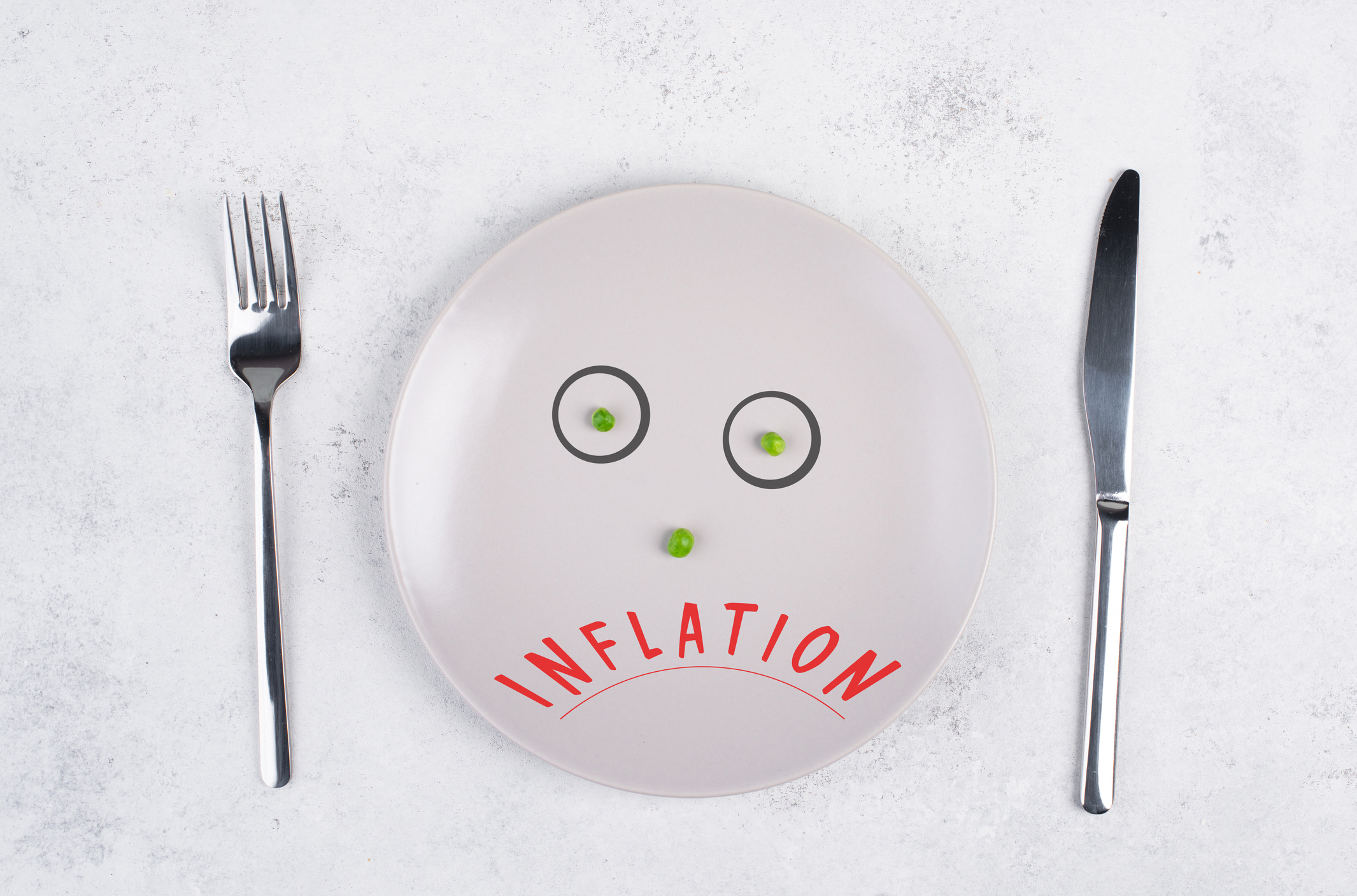Consumers can most likely look forward to yet another interest rate hike, and even more increases in food, fuel and other prices.

Image: iStock
Faster GDP and private sector employment growth are the only ways to shield consumers from a cost-of-living-surge, as government faces increasing social and political pressure to do something about increasing prices of basic necessities.
According to the Bureau for Economic Research at the University of Stellenbosch, the announcement last week that the general fuel levy reduction of R1.50/litre would continue for another month and then be halved to R0.75/litre in July will cost the fiscus R4.5 billion.
“Unlike the previous reductions in April and May which were made possible by the sale of strategic oil reserves, it is not yet clear how the extension will be funded. However, the finance ministry has indicated that it would be fiscally neutral in that it will most likely be financed through higher-than-expected non-levy revenue or, if that does not materialise, cutbacks in expenditure.”
The BER says while the extension of the fuel levy relief reduces near-term domestic inflationary pressure somewhat, consumer price inflation (CPI) will still be higher this year than the BER previously estimated. Cost-of-living for consumers will still increase.
ALSO READ: R45 000/month – How much money you need to ‘survive’ comfortably in SA
With local retail prices set to increase even further, especially on the food price front, a higher-than-expected oil price means that the fuel price is set to remain elevated at the same time.
Therefore, consumer inflation is averaging 6.1% in 2022, with headline CPI likely peaking above 6.5% in June, adding to the risk that the Reserve Bank (Sarb) may feel compelled to increase the repo rate by another 50 basis points next month.
However, the BER says it sticks to the forecast for a 25 basis points increase, although this is a low conviction call.
ALSO READ: SA on the verge of a full-blown recession: We all need to tighten our belts
Despite a robust quarterly uptick in employment, the level of employment remains about 9% below its pre-pandemic level, the BER points out.
Some near-term good news on the labour market front was that the strike at Sibanye-Stillwater’s local gold mining operations is set to end, after union members agreed to accept a three-year wage proposal of an average increase per year of 6.3%.
Although this is lower than demanded, it is still notably higher than expected inflation beyond 2022.
The BER says although total employment grew by 370 000 in the first quarter compared to the last quarter of 2021, employment is still down by 81 000 compared to the first quarter of last year and remained 1.5 million lower than the pre-pandemic level. This also influences cost-of-living.
Although major data collection pitfalls that led to a low Quarterly Labour Force Survey (QLFS) response rate of 44.6% in the fourth quarter have been alleviated somewhat as the reply rate rose to 64.7% in the first quarter, the BER points out that it remains below the 2020 first quarter level of almost 77%.
“While there is no doubting that the labour market remains in dire straits, the still low response rate means that the unemployment situation may be less dire than the official stats suggest,” the BER says.
ALSO READ: Government doing all it can to shield South Africans from economic chaos – Ramaphosa
The Absa Purchasing Managers Index (PMI) data for the second quarter rose to 54.8 in May, after sinking to 50.7 in April, sustained by a significant recovery in new sales orders.
Exports returned to positive terrain, suggesting that the fall in April was mainly caused by Durban port/harbour disruptions, as opposed to waning international demand.
The BER also notes that although business activity also recovered in May, it remained below the neutral 50 mark, suggesting that recurring power cuts, industrial action and the lingering effects of the April flood disruptions probably limited the recovery in output.
Domestic new vehicle sales increased by 2.1% compared to May last year, but export sales contracted by a massive 29.9% compared to May last year due to the floods disrupting operational and logistic endeavours.
Statistics SA will release the real GDP growth figures for the first quarter on Tuesday, and the BER expects the quarterly GDP print to come in at 1.3% thanks to high-frequency activity data and survey data that suggest the economy sustained good momentum at the start of the year.
It seems that cost-of-living will remain a problem for some time to come.
Download our app